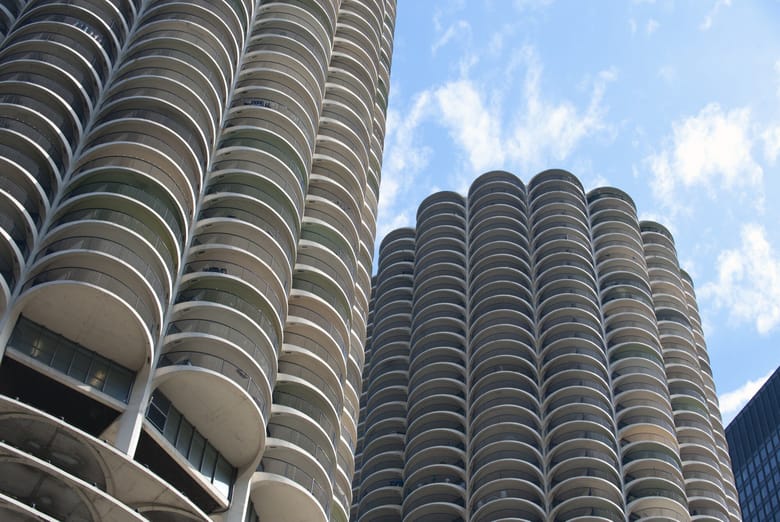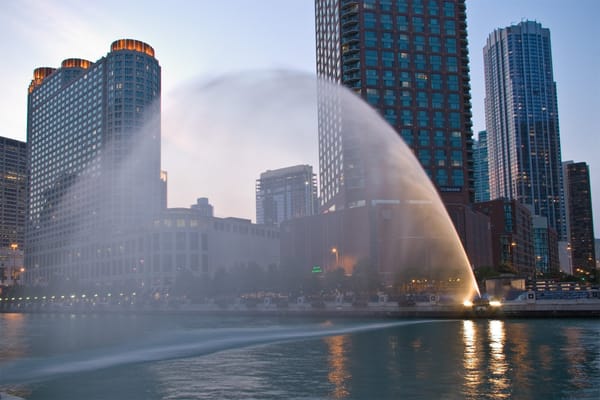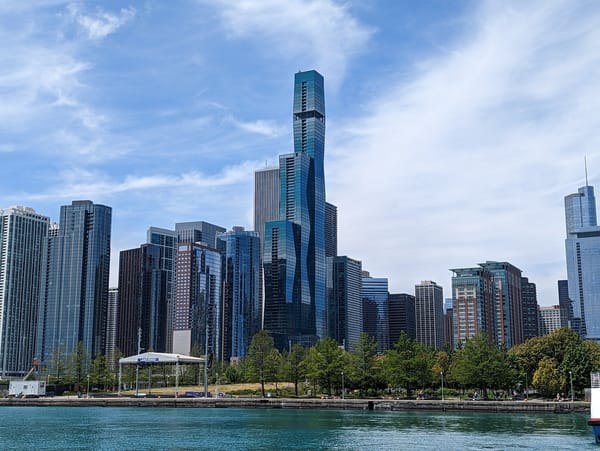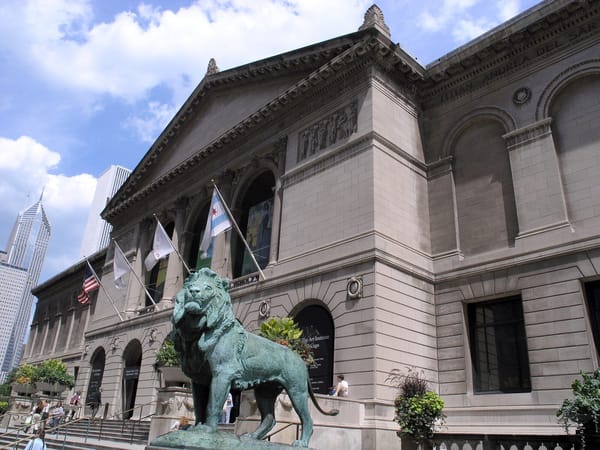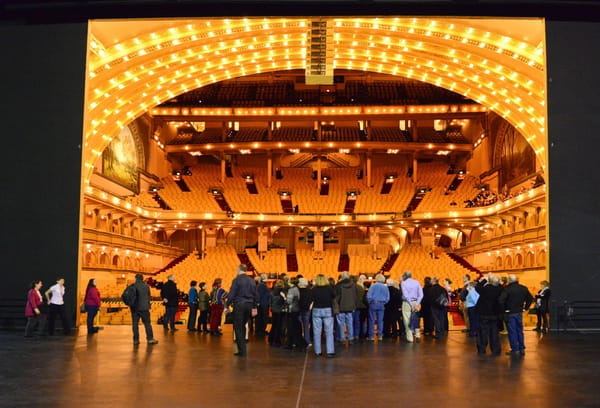Reinforced concrete is a composite material in which concrete's compressive strength is combined with the tensile strength of steel reinforcement, typically in the form of bars, mesh, or fibers. This combination allows for the construction of strong, durable structures that can withstand a wide range of forces, including bending, tension, and compression. Reinforced concrete is widely used in architectural and structural applications due to its versatility, strength, and relative cost-effectiveness.
The concept of reinforcing concrete with steel was developed in the mid-19th century, with French gardener Joseph Monier being credited as one of the pioneers. Monier patented a method for embedding iron mesh in concrete flower pots in 1867, which later evolved into a method for reinforcing structural elements like beams and slabs. By the late 19th and early 20th centuries, reinforced concrete had become a widely adopted construction material, revolutionizing architecture and engineering.
Reinforced concrete allowed architects and engineers to design larger, more complex structures with fewer limitations on form. It enabled the construction of skyscrapers, long-span bridges, and innovative architectural forms that were previously impossible with traditional materials like stone or wood.
EXAMPLES IN CHICAGO:
- Marina City: Designed by architect Bertrand Goldberg and completed in 1967, Marina City is one of the most iconic examples of reinforced concrete construction in Chicago. The complex consists of two cylindrical towers that rise 588 feet (179 meters) above the Chicago River. The towers were constructed using reinforced concrete, which allowed for the unique curved forms and cantilevered balconies that define the building's appearance. The use of reinforced concrete in Marina City was critical in achieving its innovative design and structural integrity.
- Willis Tower (formerly Sears Tower): Completed in 1974 and designed by the architectural firm Skidmore, Owings & Merrill (SOM), Willis Tower was once the tallest building in the world. The tower utilizes reinforced concrete in its foundation and core, providing the necessary strength to support its 1,451-foot (442-meter) height. The use of reinforced concrete, combined with a bundled-tube structural system, allowed the architects to create a supertall skyscraper that could withstand high wind loads and other forces, setting new standards for high-rise construction.
- Monadnock Building: The Monadnock Building, completed in 1893, is an early example of the transition from load-bearing masonry to steel-frame construction.
